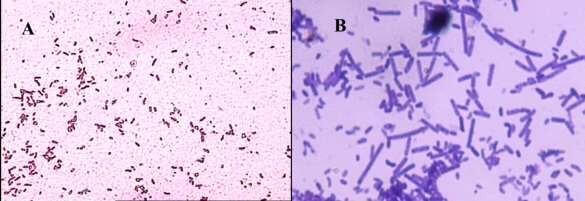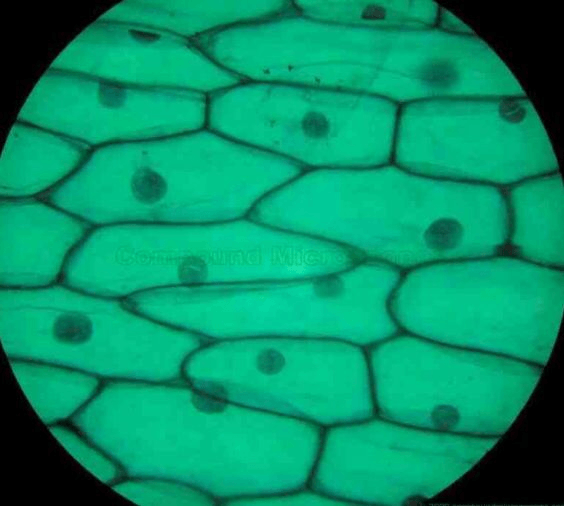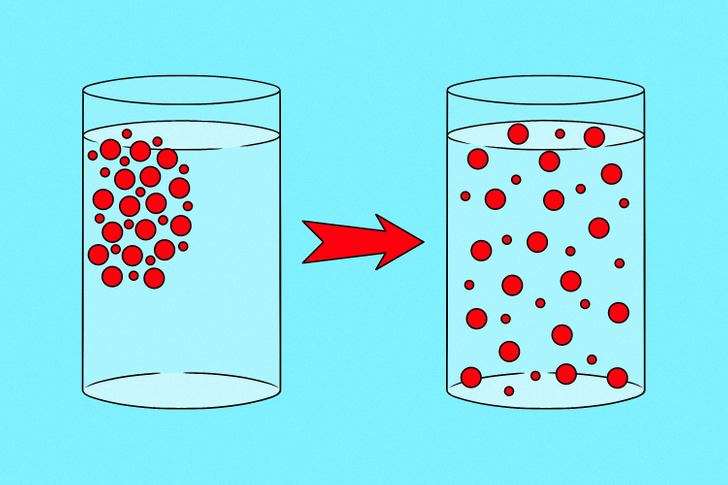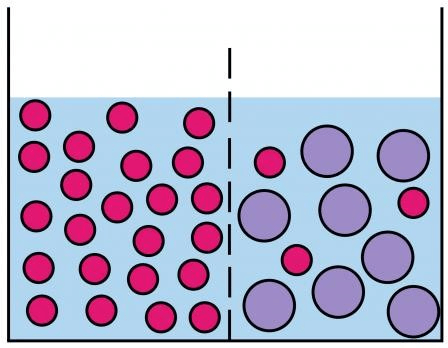This organelle controls what enters or leaves the cell
cell membrane
The rigid structure surrounding the plant cell that provides protection
Cell wall
Type of cell reproduction for prokaryotic cells. Produces 2 identical daughter cells and is asexual.
Binary Fission
Movement of PARTICLES from high concentration to low concentration
Diffusion
Type of cells shown that are tiny, have no nuclei, or organelles.

prokaryotic cells or bacteria
Give ONE reason why some of the particles were able to diffuse across the dialysis tubing membrane.

Particles moved from high to low concentration.
Particles were small enough to diffuse.
What is the function of the mitochondria
Generates energy (ATP)
This is the site of photosynthesis
the chloroplast
Process that occurs during MEIOSIS where the chromosomes exchange genes. This leads to genetic variation.
Crossing Over or Recombination
Diffusion of water is called?
Osmosis
Is this a plant or animal cell?
Plant cell
High solute and low water concentration. Causes cells to lose water and shrink.
Hypertonic environment
 Organelle that takes light energy from the sun and converts it into chemical energy (glucose) for the plant.
Organelle that takes light energy from the sun and converts it into chemical energy (glucose) for the plant.
Chloroplast
Two factors that cause an enzyme (protein) to denature or change shape and not work.
pH and heat
Type of cell produced in mitosis. This is also known as a body cell like skin, muscle, or brain cells.
Somatic Cells
Type of energy used to force molecules against the concentration gradient.
ATP energy
Is this a animal or plant cell?
Animal Cell (cheek cells)
Food coloring diffusing in water is which type of transport?

Passive Transport
The control center of the cell
Nucleus
Examples of this macromolecule are nonpolar substances like fats, waxes, and oils that are insoluble in water.
lipids
Binary Fission and Mitosis both produce daughter cells that are identical to parent cell. We know this as genetic __________________.
Continuity
Movement across the membrane that does not need energy, but does need help from transport proteins
Facilitated diffusion
What is the tonicity of the solution? Which way will the water flow from the cell?

hypertonic and outside the cell (cell shrinks)
Cellular respiration involves animals and plants taking in glucose (chemical energy) and oxygen. The products are?
carbon dioxide, water, and ATP energy
Organelle in plant cell that fills with water and creates turgor pressure.
central vacuole
Amino acids are the monomers of this macromolecule.
Protein
This type of cell reproduction results in 4 daughter cells with HALF the number of chromosomes than the parent cell. (haploid)
Meiosis
Which way will the (pink) water molecules diffuse? (right or left)

To the right
In this plant cell picture, name the green organelles that fill the cell.

chloroplasts
Photosynthesis involves bringing light energy, carbon dioxide, and water into a plant. The products are?
glucose (chemical energy) and oxygen
